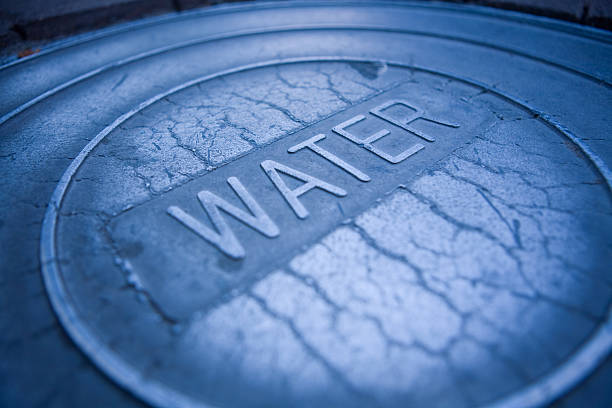Chloroform

Chloroform is a colorless, strong-smelling, dense liquid. Safe Home offers a few kits that provide drinking water testing for chloroform in water supplies.
Parameter Type: Drinking Water Testing for TTHM'sVolatiles
Parameter Name: Chloroform
What it is and Where it Comes From:
Chloroform, or trichloromethane, is an organic compound with formula CHCl3. It is a colorless, strong-smelling, dense liquid that is produced on a large scale as a precursor to PTFE. It is also a precursor to various refrigerants. It is one of the four chloromethanes and a trihalomethane. It is a powerful anesthetic, euphoriant, anxiolytic and sedative when inhaled or ingested. The total global flux of chloroform through the environment is approximately 660000 tons per year, and about 90% of emissions are natural in origin. Many kinds of seaweed produce chloroform, and fungi are believed to produce chloroform in soil. Abiotic process is also believed to contribute to natural chloroform productions in soils although the mechanism is still unclear. Drinking water testing gives you several benefits like peace of mind, identifying contaminants in your water, and insight into health concerns. Safe Home offers Laboratory drinking water testing kits for Chloroform, allowing you to collect your water sample and ship it directly to our EPA-Certified Laboratory. This platform of drinking water testing for Chloroform will give you an accurate level based on the lowest level of a parameter our instruments can detect (Method Detection Level). Safe Home drinking water testing for TTHMs can be used for city and well water supplies. Drinking water testing should be done any time you notice a significant change in your water quality.
Health Effects:
The major effect from acute (short-term) exposure to chloroform is central nervous system depression. Chronic (long-term) exposure to chloroform in humans has resulted in effects on the liver, including hepatitis and jaundice, and central nervous system effects, such as depression and irritability. Chloroform has been shown to be carcinogenic in animals after oral exposure, resulting in an increase in kidney and liver tumors.
Solutions to Contaminant Levels:
After drinking water testing, what are my treatment options? A filter with granular activated carbon (GAC) is a proven option to remove certain chemicals, particularly organic chemicals, from water. GAC filters also can be used to remove chemicals that give objectionable odors or tastes to water such as hydrogen sulfide (rotten eggs odor) or chlorine. Reverse osmosis is a process that removes foreign contaminants, solid substances, large molecules, and minerals from water by using pressure to push it through specialized membranes. Here’s how reverse osmosis works. Unlike osmosis, which is a passive process, reverse osmosis requires external force (pressure) to work. Pressure is applied to a highly concentrated solute solution, such as salt water, to pass through a membrane to a lower concentrate solution. The membrane allows water to flow through but blocks out larger molecules, like contaminants. The reverse osmosis process leaves higher concentrations of solute on one side and only the solvent, or freshwater, on the other. Who do I need to contact to find out more information about water quality in my area? Every community water supplier must provide an annual report to its customers, known as a Consumer Confidence Report (CCR). The report provides information on your local drinking water quality, including the water’s source, contaminants found in the water, and how consumers can get involved in protecting drinking water. How often does the local public water system preform drinking water testing? Frequency of drinking water testing depends on the number of people served, the type of water source, and types of contaminants. Certain contaminants are tested more frequently than others, as established by the Safe Drinking Water Act. You can find out about levels of regulated contaminants in your treated water for the previous calendar year in your annual Consumer Confidence Report (CCR).


